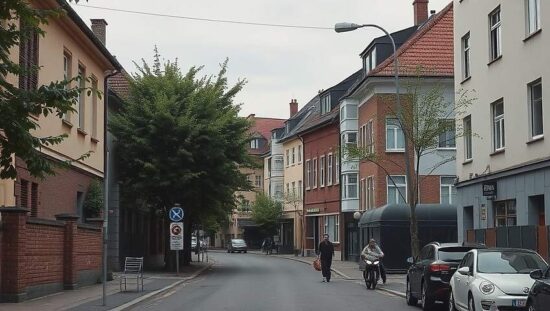Germany’s housing stock reached approximately 43.8 million units by the close of 2024, according to data released by the Federal Statistical Office (Destatis). This represents a 0.5% increase, equating to 238,500 additional dwellings, compared to the end of 2023. Over a decade-long period, from 2014 to 2024, the total number of homes expanded by 6.1%, or 2.5 million units.
Total living space also increased significantly during this timeframe, rising by 9.1% to reach 4.1 billion square meters.
The majority of these homes – roughly 42.9 million, or 98.0% – are situated within residential buildings. Multifamily dwellings account for the largest portion, with 23.5 million units representing 54.8% of the total within residential buildings. An average of 6.7 residential units comprise each of Germany’s approximately 3.5 million multifamily buildings. Single-family homes constitute approximately one-third (31.4%) of residential dwellings, totaling 13.5 million units. Another 5.5 million homes (12.8%) are found in the country’s 2.7 million two-family dwellings, while 0.4 million (1.0%) reside in residential care facilities.
A smaller proportion, around 890,000 units, or 2.0% of the total housing stock, are located in non-residential buildings. These include accommodations such as caretakers’ apartments within school buildings or residential units situated above commercial spaces in urban areas.
The increase in total living space (9.1%) outpaced the growth in the number of dwellings (6.1%) between 2014 and 2024, indicating an increase in average home size. By the end of 2024, the average residential unit spanned 94.0 square meters, while the average living space per person stood at 49.2 square meters. This represents an increase of 2.5 square meters per dwelling (a 2.8% rise) and 2.7 square meters per person (a 5.8% increase) since 2014.
With the housing stock expanding at a marginally faster rate than the population over the past decade, the ratio of residents per dwelling has slightly decreased. By the close of 2024, this figure was approximately 1.9 residents per dwelling, compared to 2.0 residents per dwelling in 2014.





